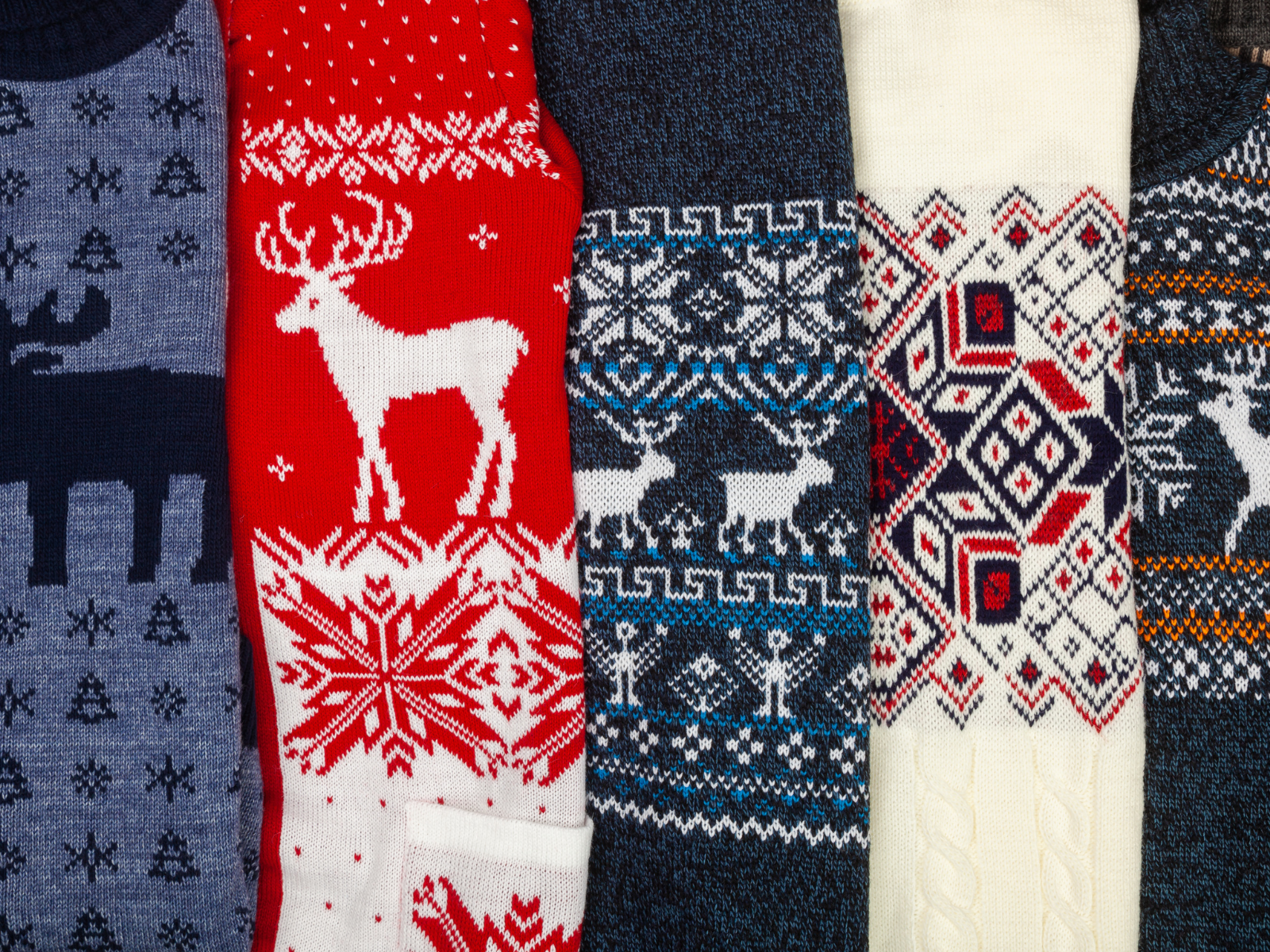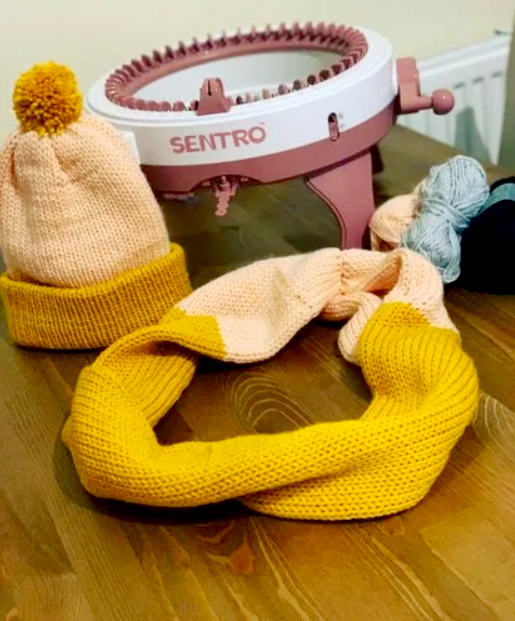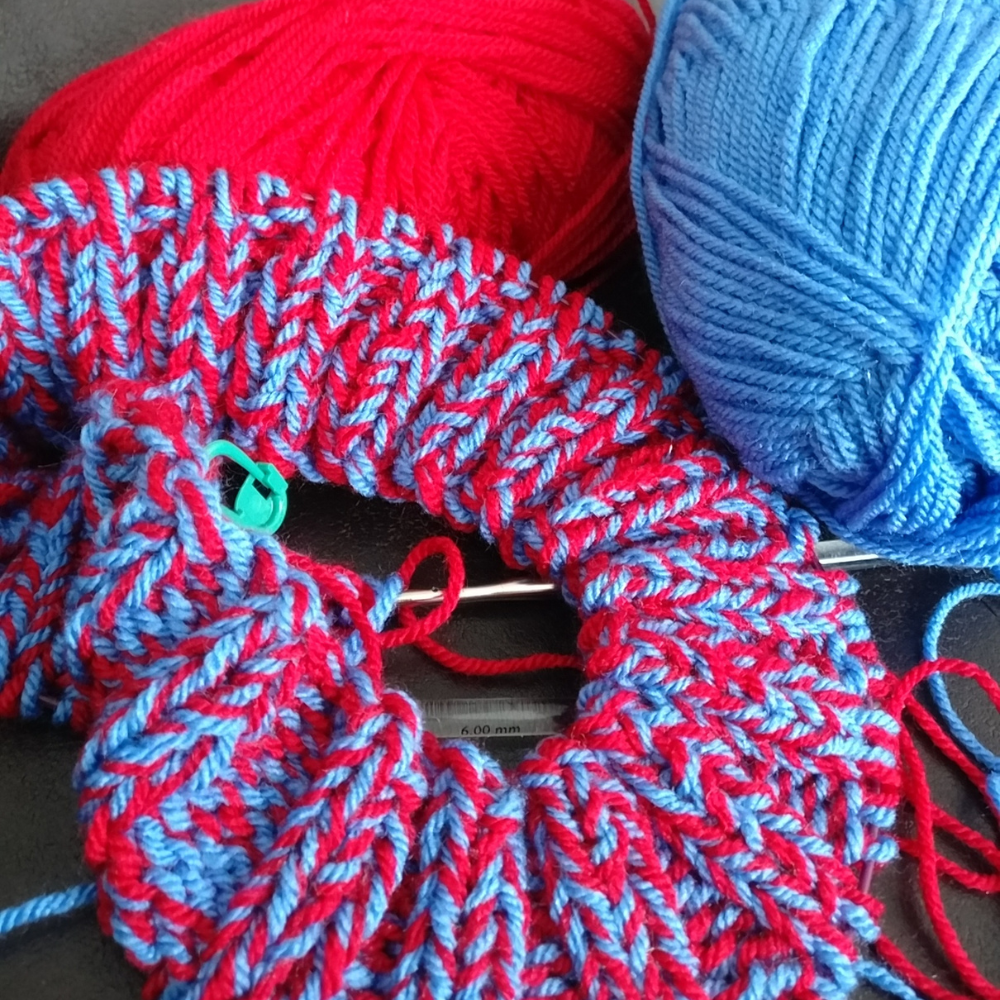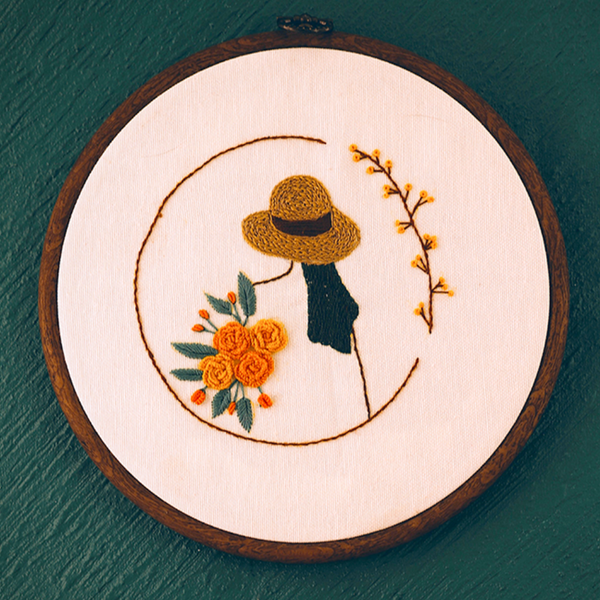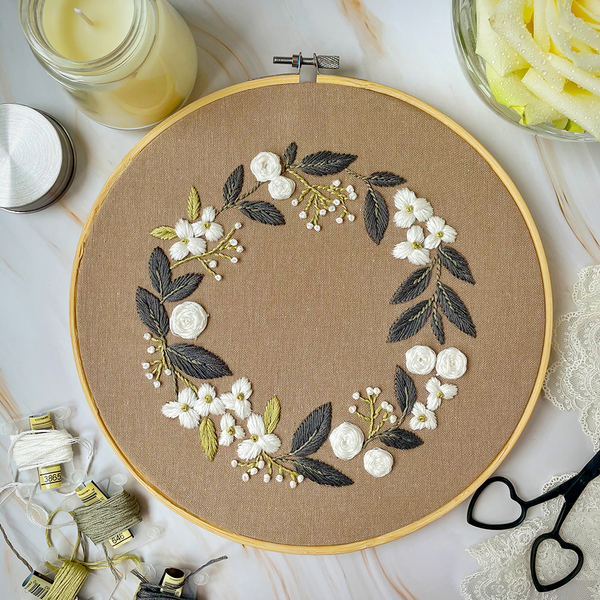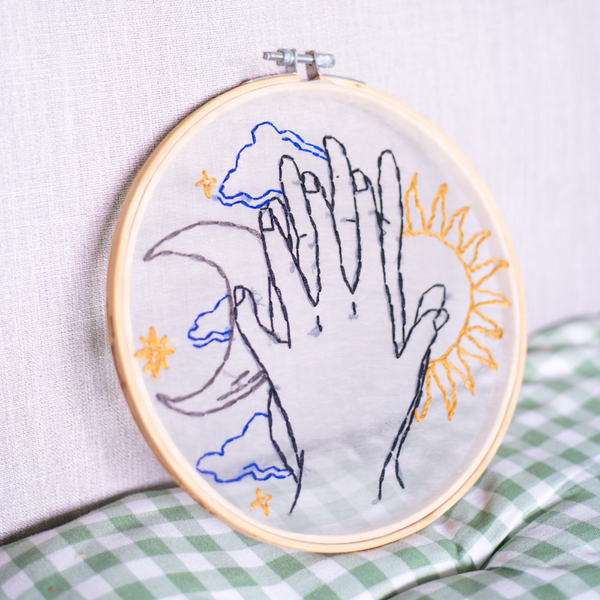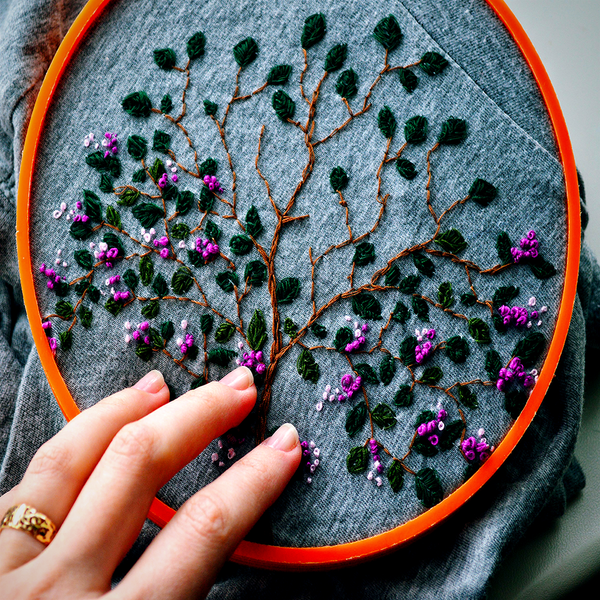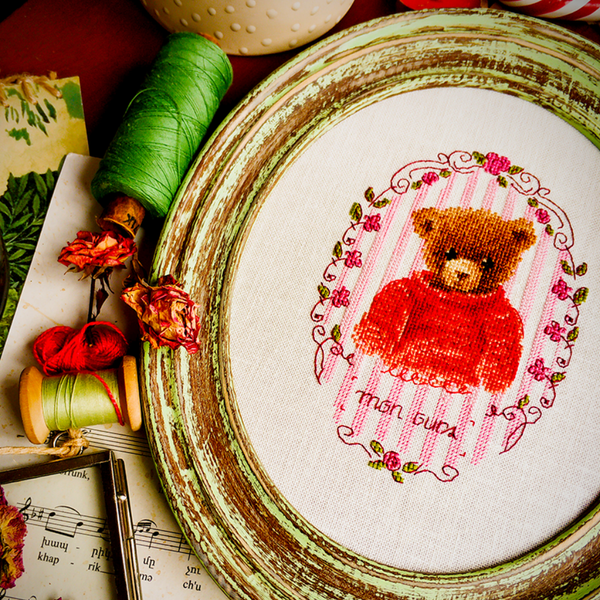Are you curious about knitting?
Knitting machines have become increasingly popular among artists of all skill levels, offering a faster and more efficient way to create beautiful knitwear.
But with so many techniques and stitches to choose from, it can be hard to know where to start.
Imagine being able to knit in two layers at the same time, inserting beautiful color patterns of your own design and working with different yarn weights simultaneously.
Knitting machines have come a long way recently, allowing avid or newbie crafters alike more opportunities to express their creativity.
Double knitting was once thought to be off limits for machine knitters, but today the possibilities continue to unravel!
From beginners taking their first steps on a knitting machine to experienced stitchers looking for complex textures and varied color options– good news!
You can achieve virtually any double-knitted style you desire on your knitting machine.
In this blog post, we will discuss how anyone from beginner level crafters up to experienced professionals can use their favorite tools to take their knit projects into entirely new directions.
Discover how knitting can elevate your next project, no matter what skill level your crafting skills are at.
So, whether you're a beginner or an experienced knitter, buckle up!
If all this sounds too good to be true, then read on as we unravel the possibilities that await!
Key Takeaways:
- Double knitting on a knitting machine is possible and can create high-quality, reversible fabrics.
- Understanding the machine's settings and the double knitting technique is crucial for successful projects.
- With practice, even beginners can master double knitting on a machine for a variety of projects.
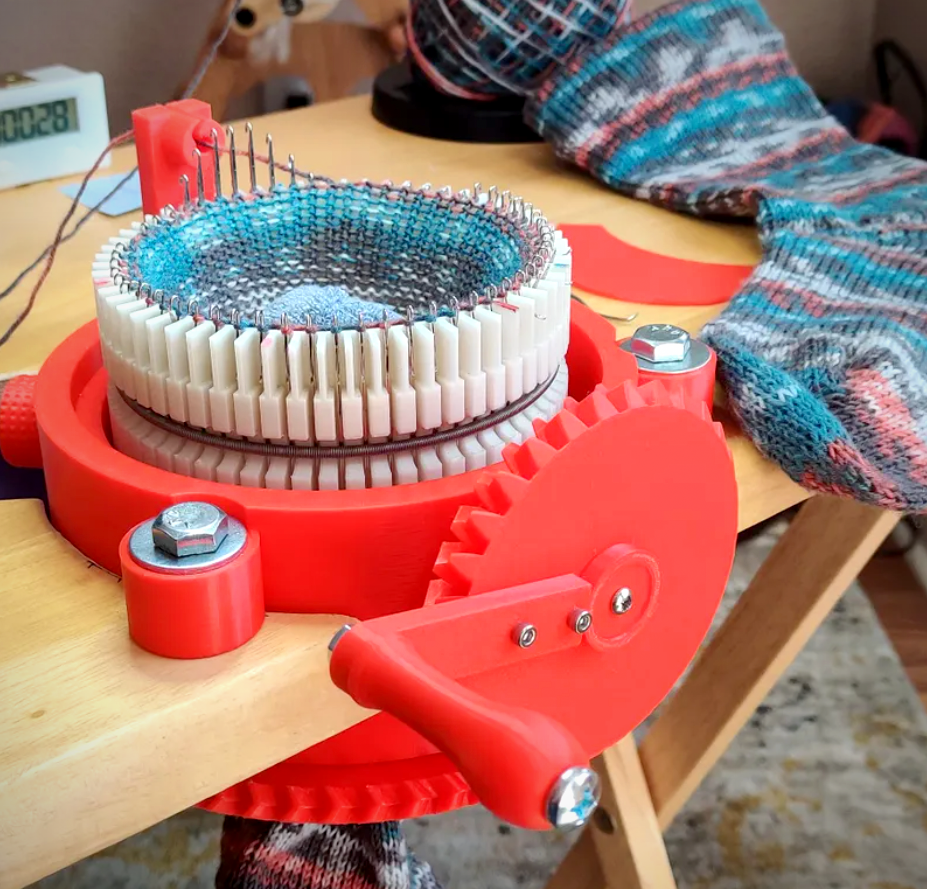
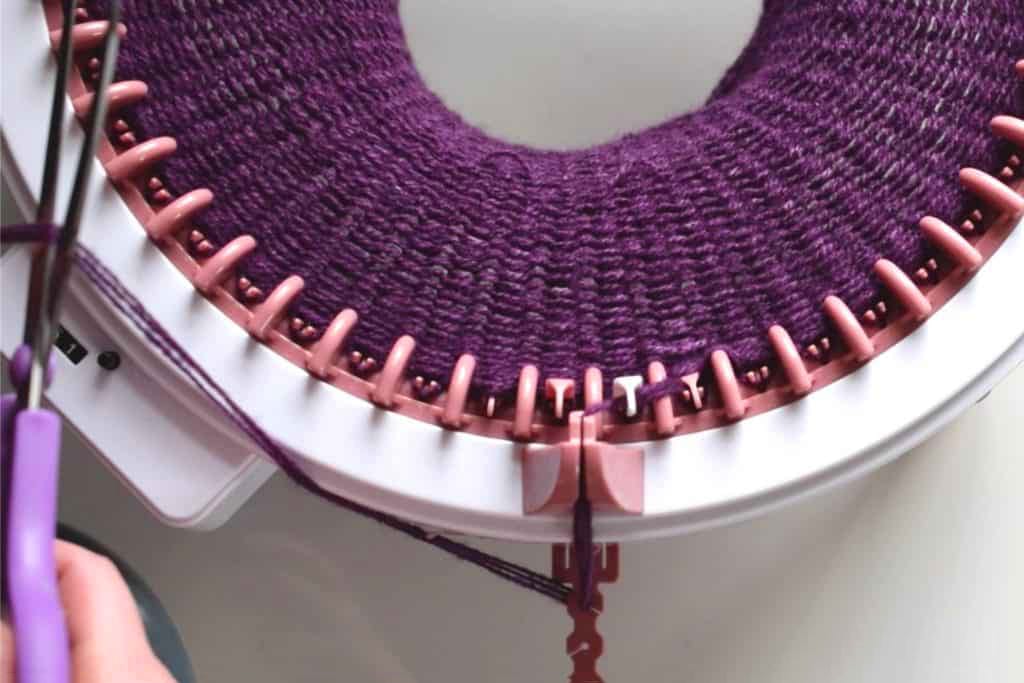
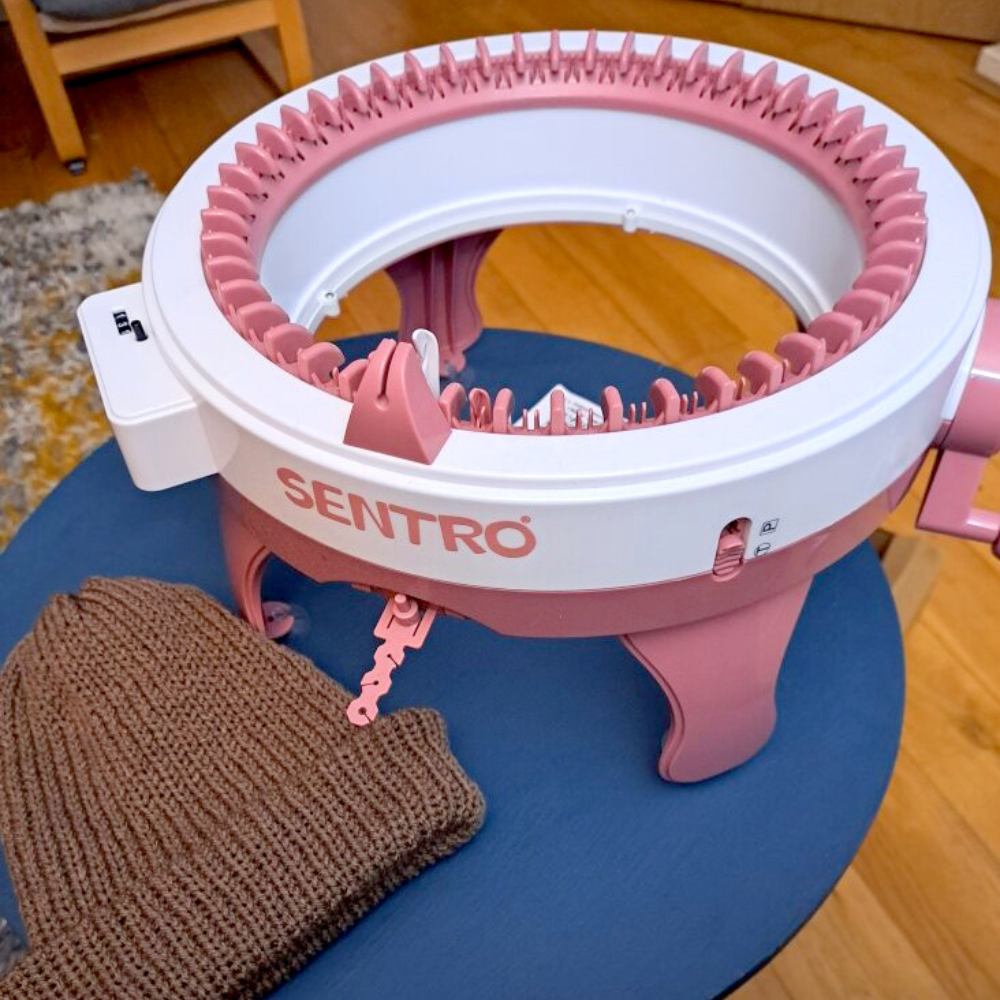
Machine Knitting Low Down
Before diving into double knitting, it's essential to understand the basics of machine knitting.
A knitting machine works by using a series of hooks and knitting needles to create loops of yarn that form stitches.
The needles can be set up in different ways, allowing for various techniques, such as lace or tuck stitching.
The machine also has a carriage that slides back and forth, feeding the yarn and creating stitches as it moves.
Knitting machines come in various models, from standard bed to bulky machines, each designed to handle different yarn weights and knitting styles.
The main bed of a knitting machine is where the needles are located, and it's here that the magic happens.
These machines can significantly speed up the knitting process, making them a popular choice for knitters looking to develop their skills or increase their output.
Machine knitting is much faster than hand knitting, making it a popular choice for those looking to create large projects quickly.
Knitting enthusiasts are always looking for new techniques to expand their crafting repertoire, and double knitting on a machine allows for the creation of reversible fabrics, providing endless possibilities for unique and creative designs.
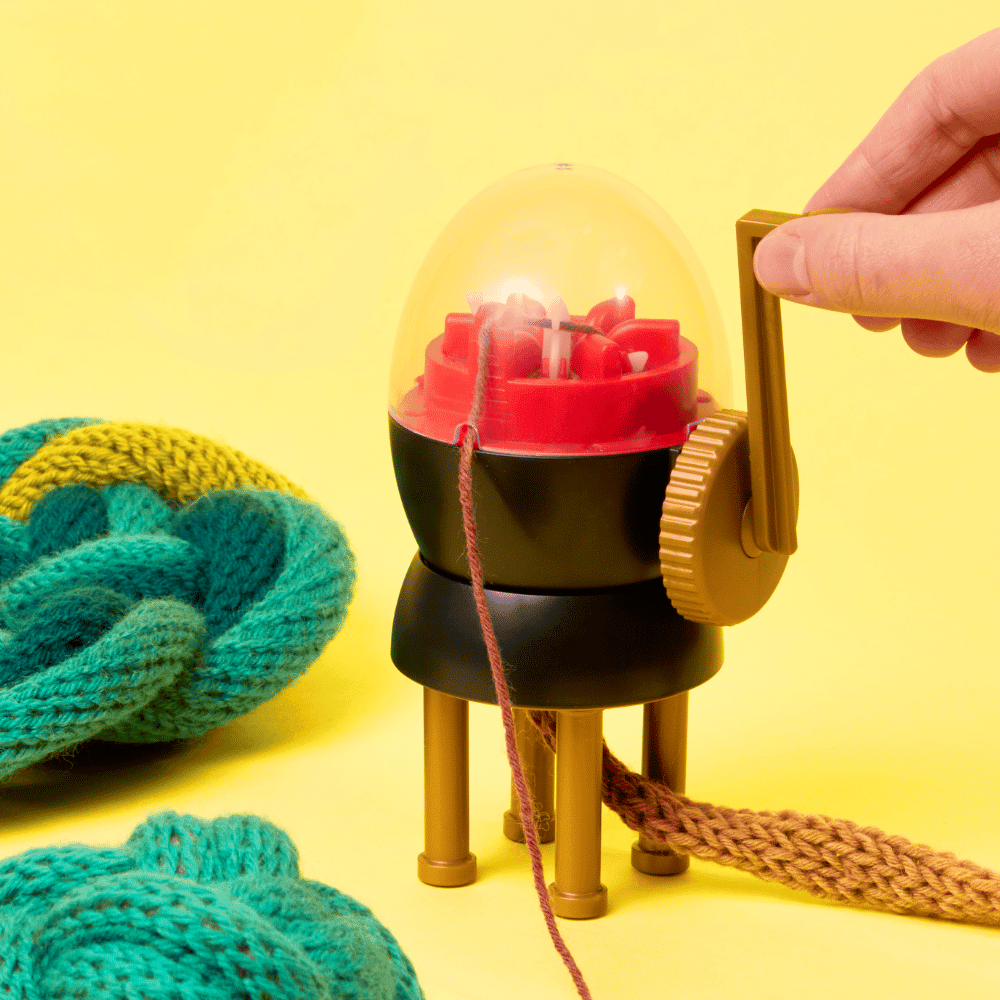
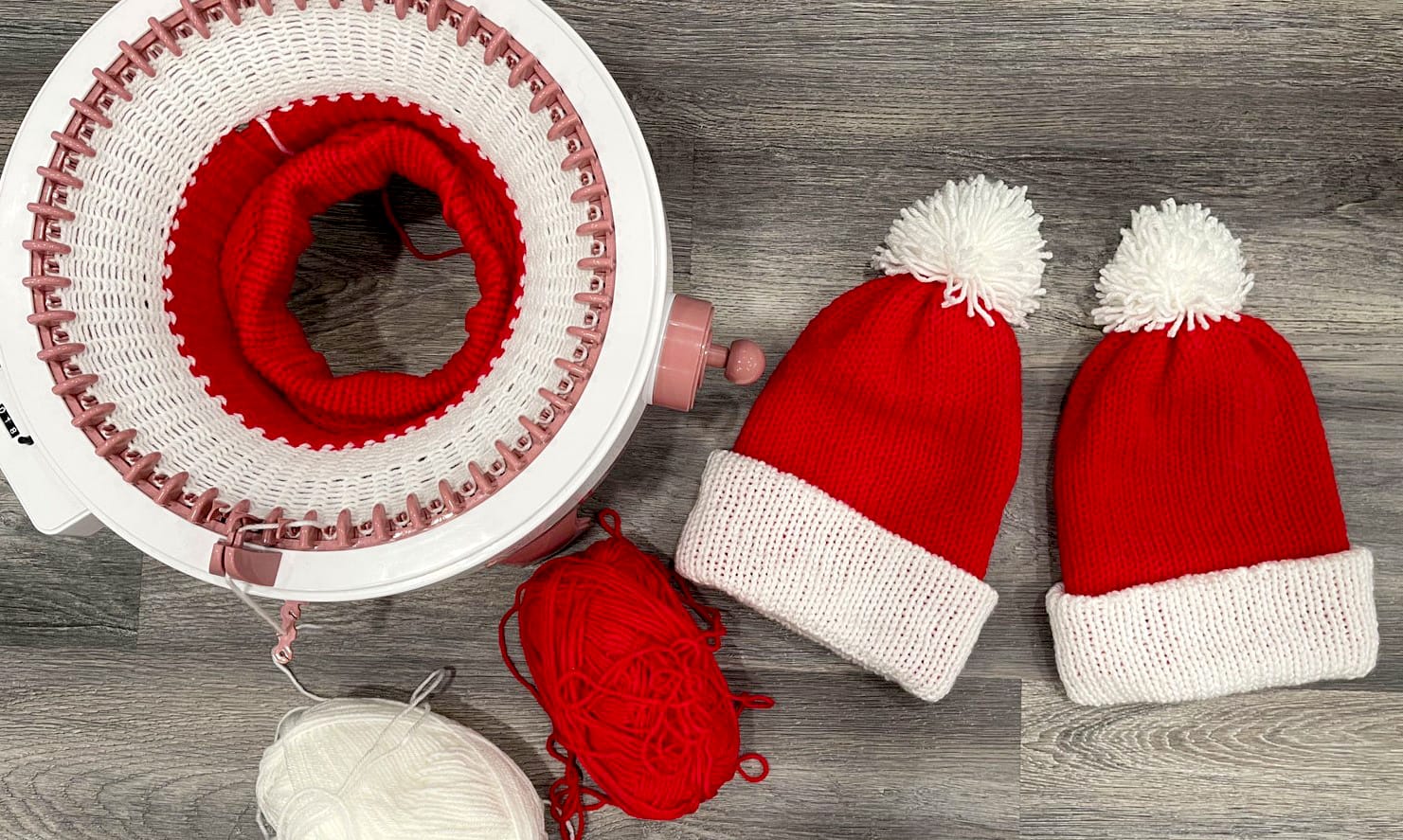
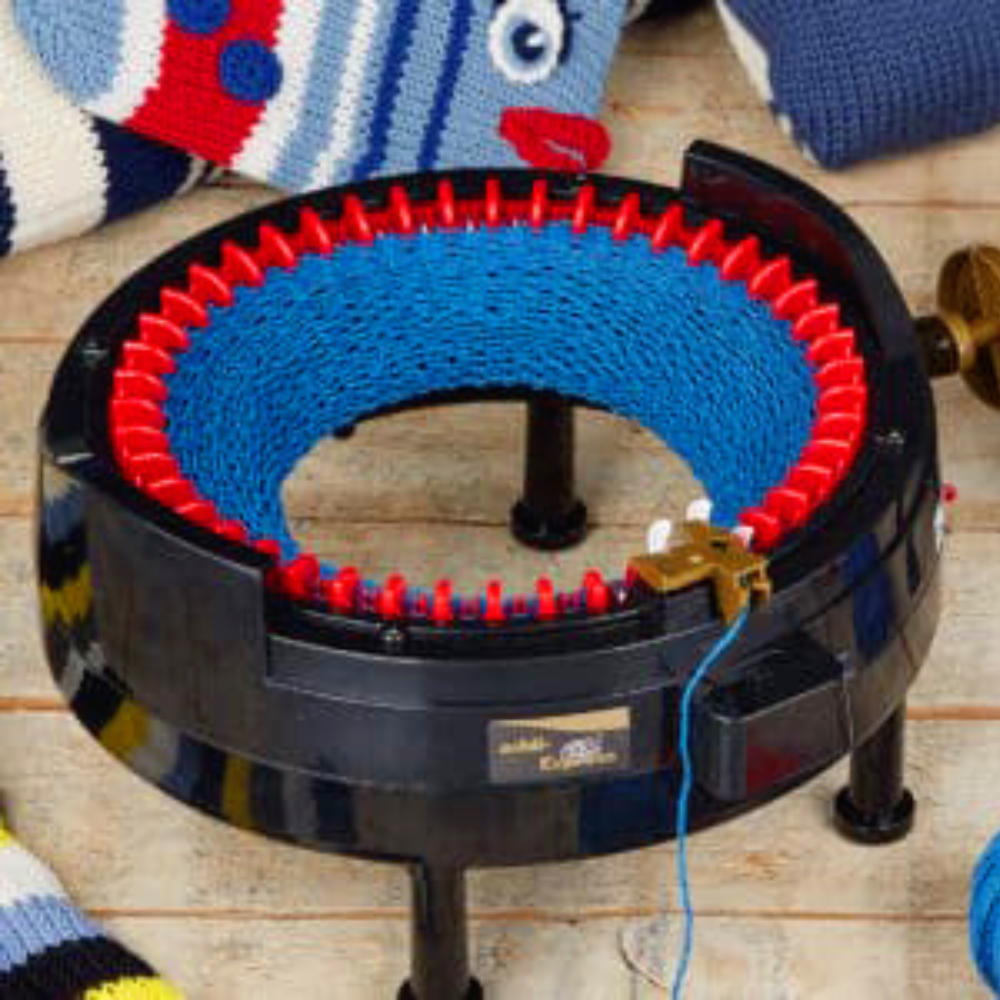
The Double Knitting Technique
Now that you understand how a knitting machine works let's dive into the double knitting technique.
Double knitting creates two layers of fabric simultaneously, with each layer having its own distinct pattern.
The two layers are joined together by a knit stitch, effectively creating a reversible fabric that can be admired from both sides.
It is a technique that creates a two-layered fabric, which is essentially two pieces of stockinette stitch back-to-back.
This results in a reversible fabric with a unique quality and thickness.
Experienced knitters often use this method to produce warmer garments like sweaters, hats, and scarves.
The process can be done by hand, but the question remains: can it be replicated on a knitting machine?
When it comes to double knitting on a standard bed machine, the process differs slightly from hand knitting.
The machine must be set up to handle two layers of fabric simultaneously.
This involves adjusting the tension and needles to accommodate the extra thickness and ensure that the stitches are knitted correctly without dropping.
Bulky or chunky knitting machines are designed to work with heavier yarns and can be ideal for double knitting.
The thicker needles and larger gauge can handle the increased weight and thickness of double-knitted fabric.
However, it's essential to watch the tension closely to protect the machine and the quality of the knitted garment.
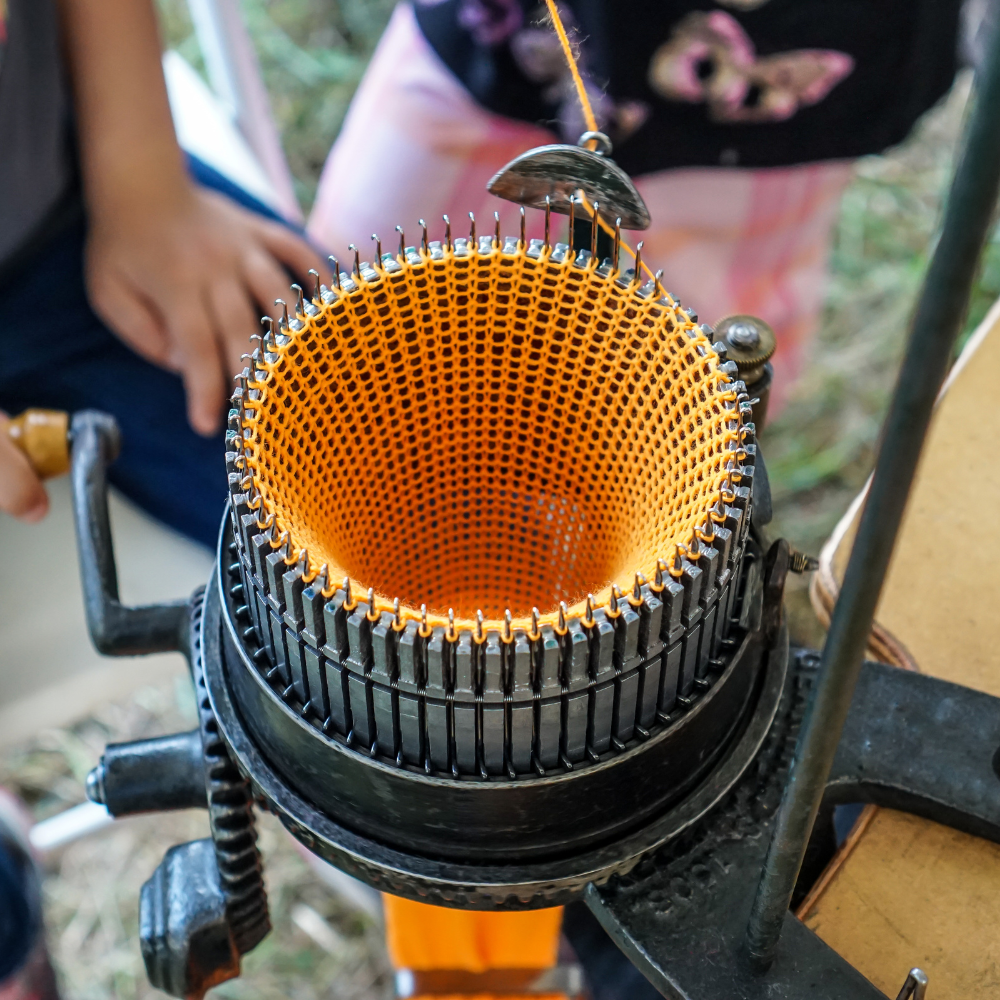
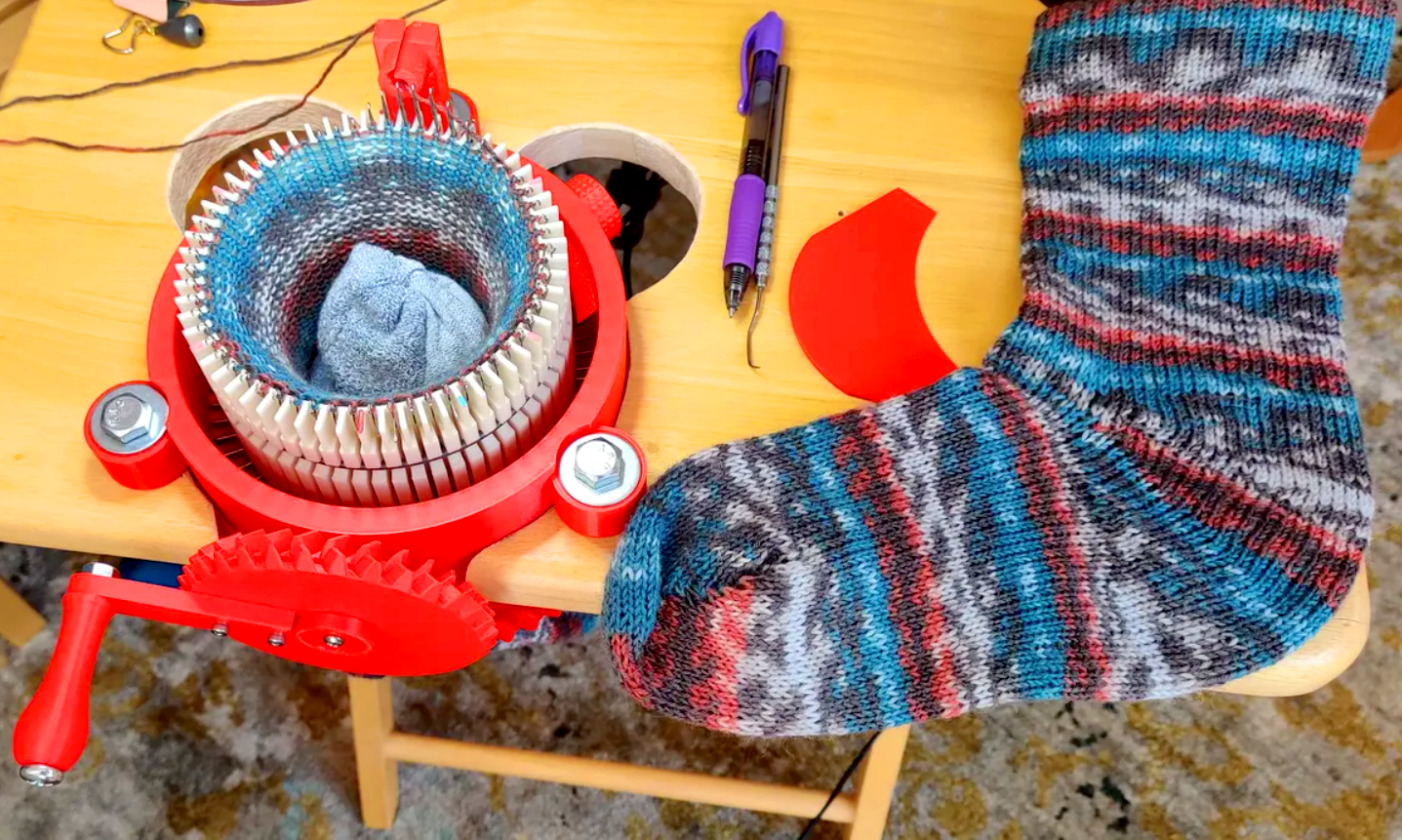

Selecting the Right Yarn
The yarn used in machine knitting plays a significant role in the outcome of the project.
When double knitting, it's important to choose yarns that are compatible with the machine's capabilities.
The new yarn should be smooth, sturdy, and of a suitable thickness to ensure durability and prevent the needles from being overburdened.
It's essential to test out different types of yarn and yarn weights to find the perfect balance between tension, needle size, and fabric thickness.
Merino wool is a popular choice for double knitting as it has excellent elasticity and produces a soft, warm fabric.
Other preferred options include cotton, acrylic, or blend yarns that are easier to work with on a machine.
It's essential to experiment with different yarns and find the best combination for your machine and project.
When embarking on the journey of double knitting on a knitting machine, the quality of the thread you choose is paramount.
High-quality thread can make the difference between a project that exudes professionalism and one that looks amateurish.
When you purchase thread, consider its strength and elasticity, as these attributes will affect the integrity of your seams and the overall finish of your double-knitted fabric.
Threads that are too weak may break under the tension of the machine, while those lacking elasticity can result in a fabric that feels rigid and unyielding.
Moreover, the thread's thickness plays a crucial role in the success of your double knitting endeavors.
A thread that is too thick can lead to jammed machinery and uneven knitting, whereas a thread that is too thin might not provide the desired warmth and durability of a double-knitted garment.
Always count on reputable brands and suppliers when selecting your thread, ensuring that it is suitable for the type of yarn and the knitting machine you are using.
This attention to detail will give you hope for a finished product that stands the test of time, much like a well-crafted Christmas sweater that endures year after year.
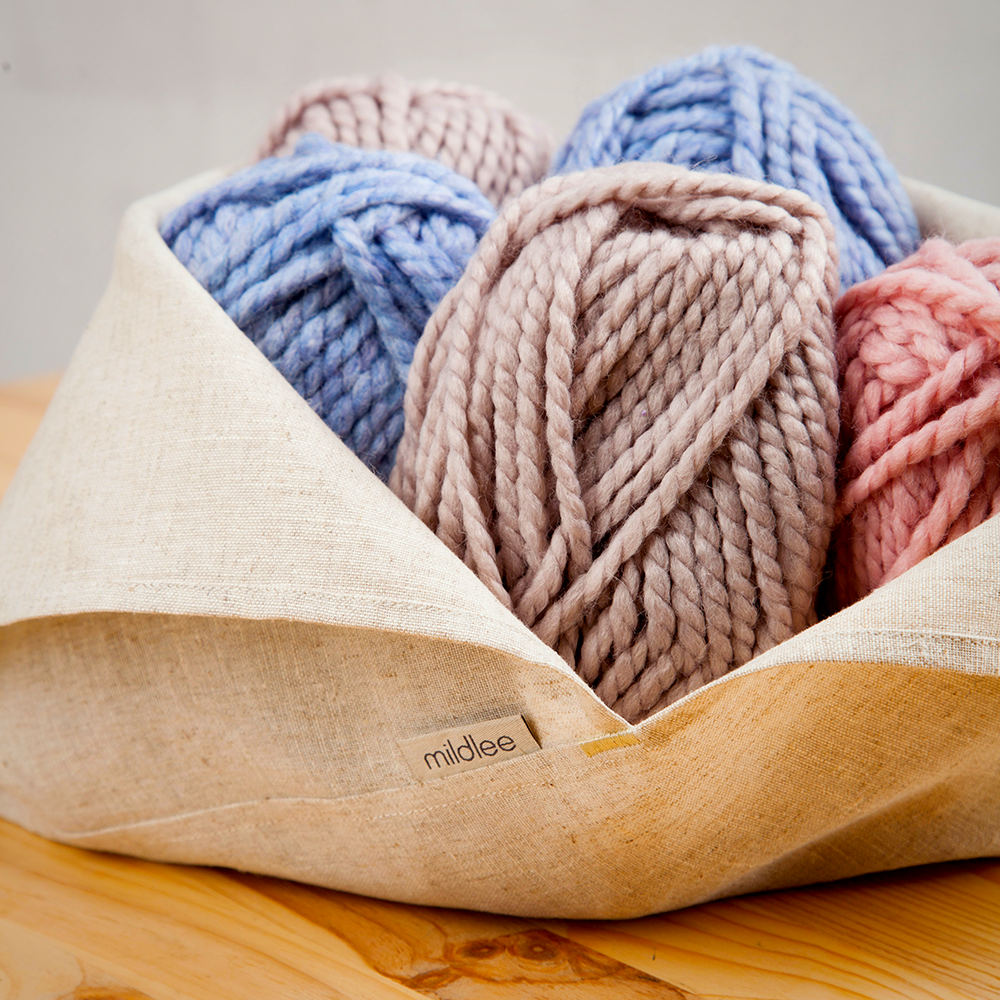

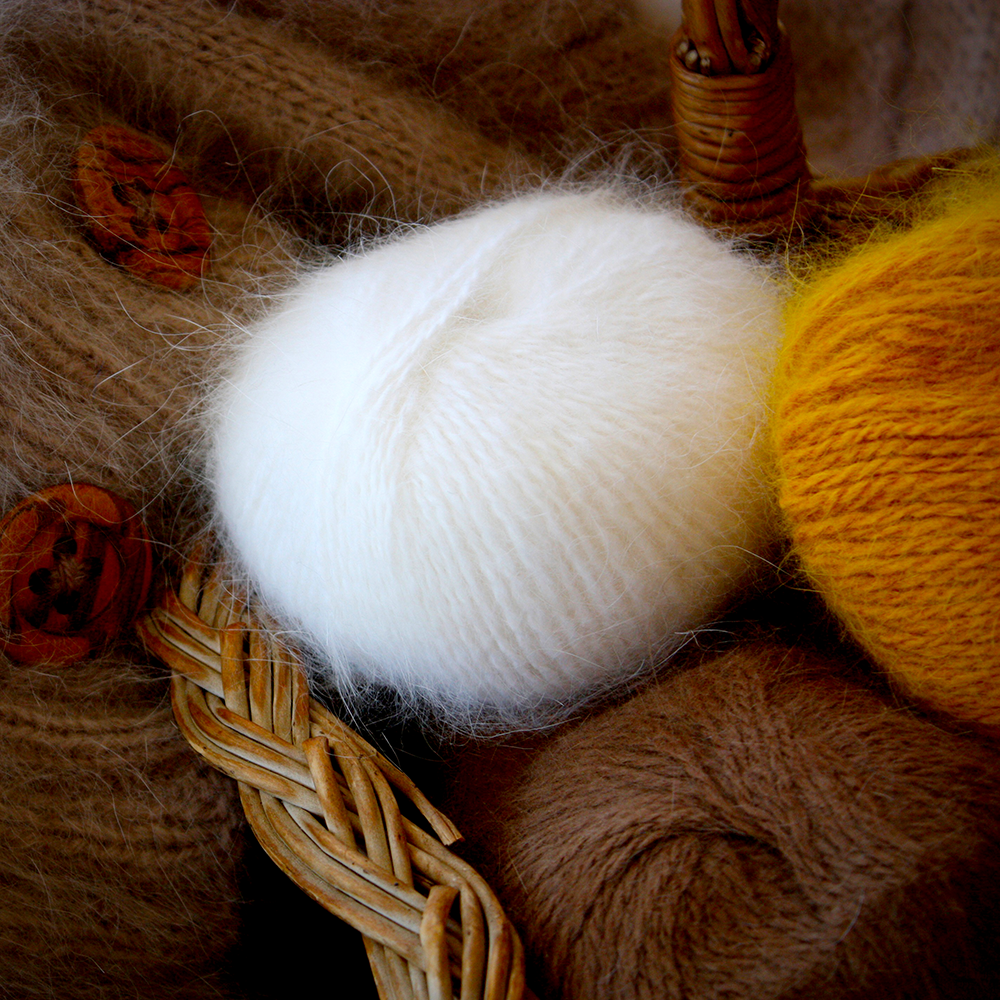
Patterns and Techniques for Double Knitting
Finding the right pattern is crucial for double knitting on a machine.
Patterns specifically designed for machine knitting can provide the necessary details and directions.
Knitting patterns can vary from simple color changes to more complex designs, such as jacquard or intarsia techniques, allowing you to create intricate and beautiful designs with ease.
These patterns will help you create sweaters, socks, hats, and other garments with double-knitted fabrics, meaning the possibilities are endless!
It's important to choose a pattern that is suitable for the machine you are using and take note of the gauge and tension required.
Double knitting requires a clear understanding of increasing, decreasing, color changing, and stitch manipulation.
These techniques can be achieved on a knitting machine with practice and patience.
As with any new skill, start simple and gradually work your way up to more complex patterns and designs.
Experiment with different stitches, colors, and yarn weights to create unique and personalized double-knitted fabrics.
The possibilities for double knitting on a machine are endless.
From simple stripes to intricate colorwork or textured designs, the only limit is your imagination.
With practice and experimentation, you can master this technique and add it to your arsenal of knitting skills.
Additionally, YouTube videos and online tutorials can be invaluable resources for visual learners looking to develop their double knitting skills.

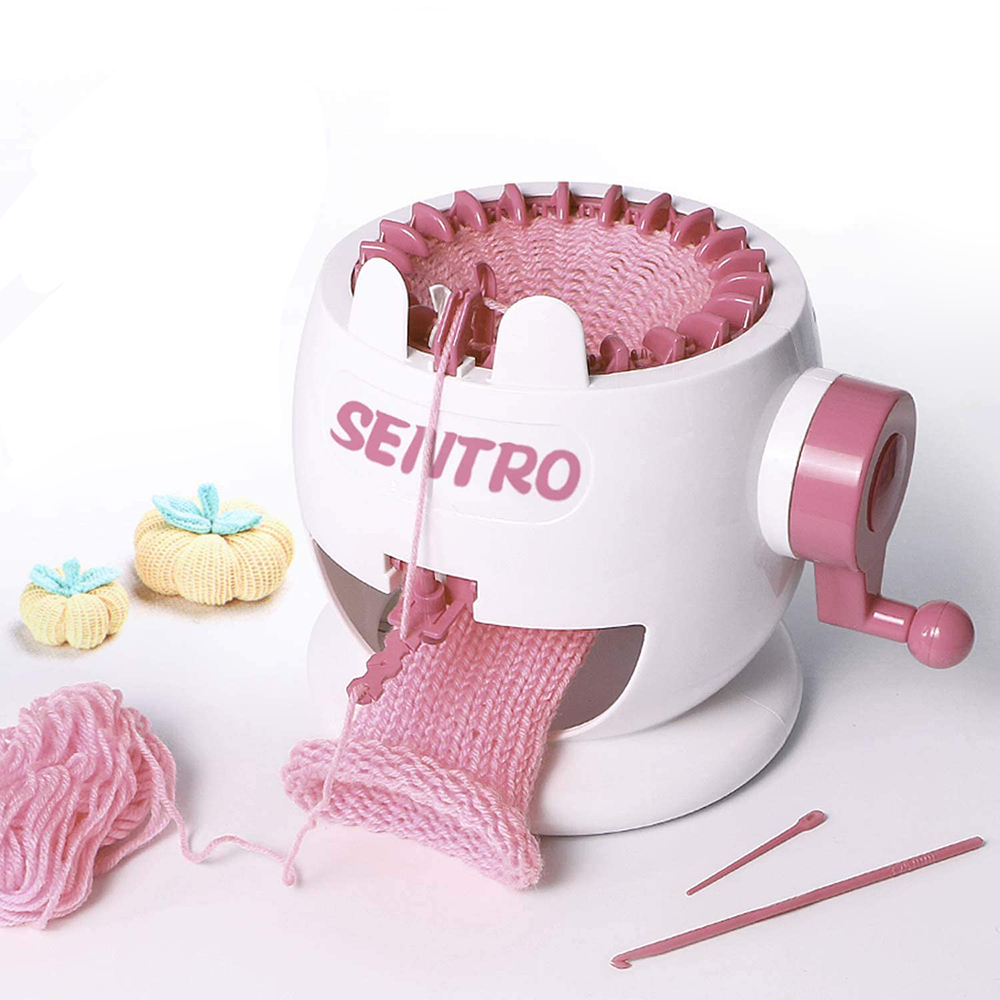
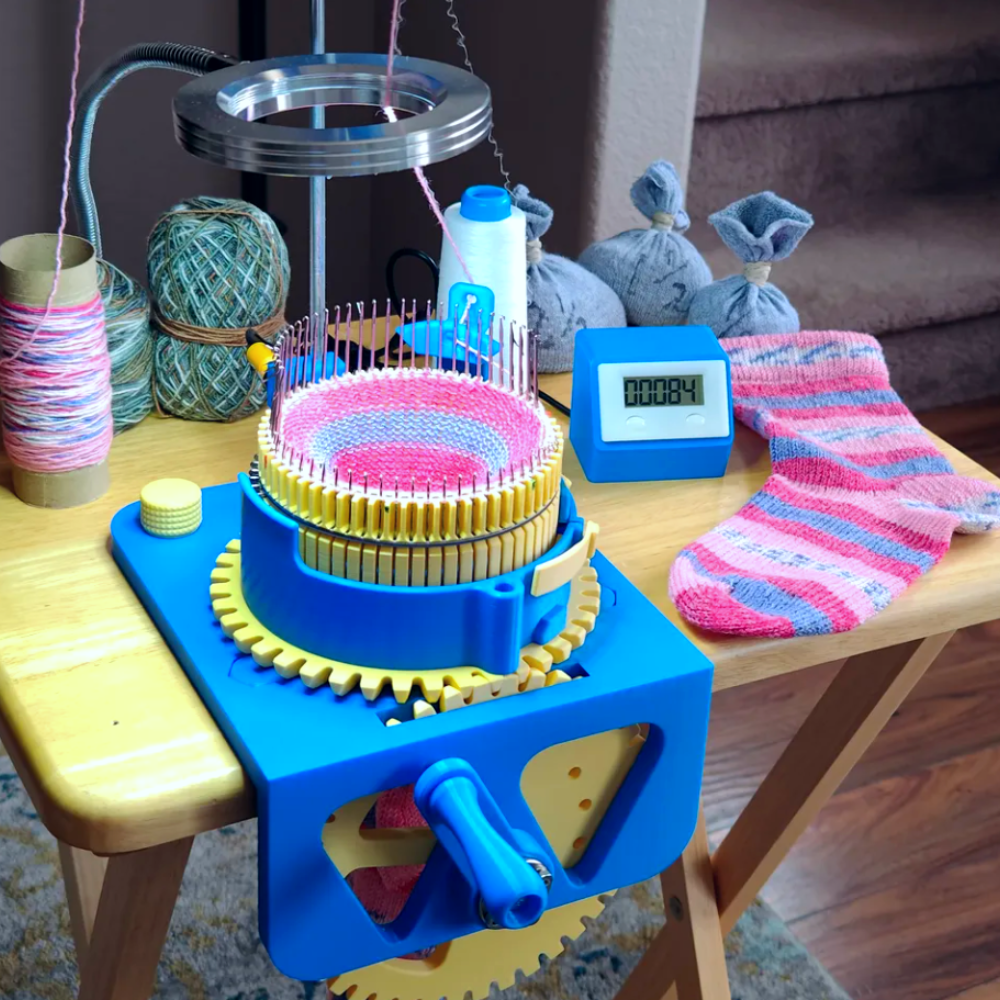
Interplay Between Sewing and Double Knitting
When it comes to creating intricate and durable fabrics, the combination of sewing and double knitting techniques can yield remarkable results.
Sewing can be employed to add structural integrity to double-knitted pieces, especially when creating items that require a more tailored fit or additional reinforcement.
For instance, seams sewn into double-knitted garments can help maintain shape and offer a polished finish.
This is particularly useful in the construction of sweaters or cardigans, where the edges might otherwise stretch or warp over time.
Moreover, sewing can introduce a new dimension to double-knitted projects by allowing the integration of multiple pieces or the addition of decorative elements.
A common practice is to sew patches or appliqués onto double-knitted fabric, enhancing its visual appeal and uniqueness.
This technique also enables the knitter to repair any imperfections or wear-and-tear that might occur, extending the life of the double-knitted item.
By mastering both sewing and double knitting, crafters can unlock a higher level of customization and durability in their creations.
In the realm of double knitting on machines, sewing is not merely a supplementary skill but a crucial finishing touch that can elevate the quality of the final product.
After a piece has been double-knitted, sewing can be used to execute fine details such as attaching buttons, zippers, or other closures.
This attention to detail ensures that the functionality of the knitted item meets the aesthetic standards set by its visual design.
For example, adding a zipper to a double-knitted jacket not only secures the garment but also adds a professional touch that distinguishes it from simpler projects.
Furthermore, sewing enables the knitter to combine double-knitted panels into larger items, such as blankets or quilts, with precision and strength.
By carefully sewing these panels together, the knitter can ensure that the patterns align and the connections are seamless, resulting in a cohesive and sturdy final piece.
This technique is particularly beneficial when working on projects that require multiple colors or designs, as it allows for a clean transition between sections.
Sewing, therefore, is an indispensable skill for those looking to push the boundaries of what can be achieved with double knitting on a machine.
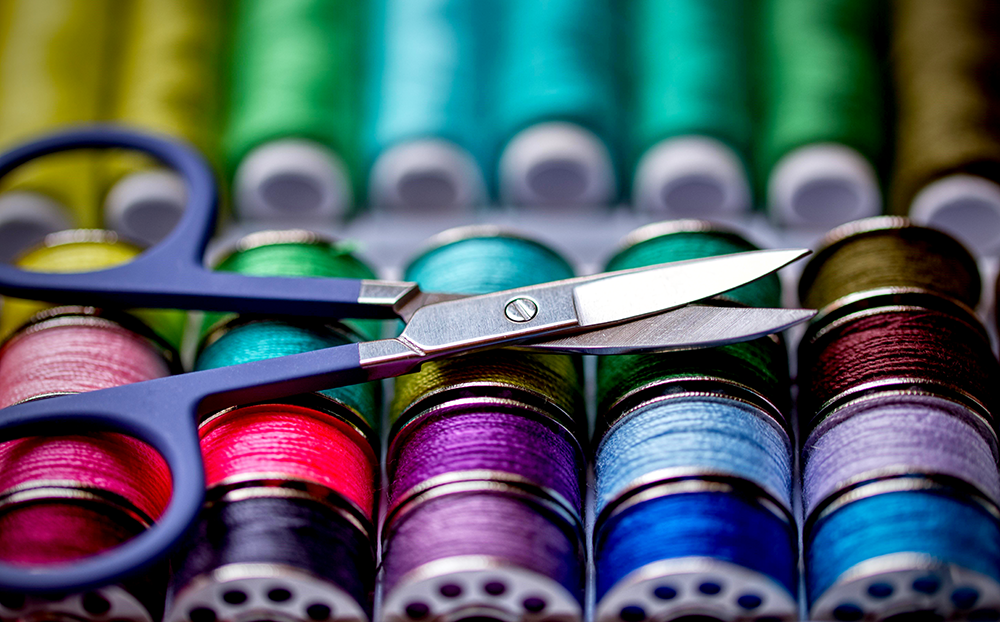


Optimizing Knitting Machine for Double Knitting
Before starting a double knitting project on a knitting machine, it's necessary to adjust the settings to suit the technique.
This includes the tension, needle position, and carriage settings.
The instructions for these adjustments can often be found in the machine's manual or through a quick search on the manufacturer's website.
Tension is a critical factor in machine knitting, especially when double knitting.
The right tension ensures that the fabric has the correct stretch and gauge.
It's often a bit of trial and error to find the perfect tension for double knitting, but once mastered, it can create beautiful, high-quality knits.
The location of your knitting machine can significantly impact your ability to produce high-quality double-knitted items.
Ideally, your machine should be situated in a well-lit, stable, and spacious area that allows you to work comfortably and efficiently.
Good lighting is essential, not only for the ease of threading the machine but also for monitoring the knitting process to ensure that each strand is correctly caught and that no stitches are dropped or pulled too tight.
As the new year approaches, consider reorganizing your crafting space to optimize the workflow and ergonomics of your knitting endeavors.
Furthermore, the stability of your knitting machine's location is crucial for maintaining consistent tension and preventing the displacement of needles during the knitting process.
An unstable surface can lead to uneven seams and a finished product that does not meet your high standards. Take the time to assess your current setup and make any necessary adjustments.
A solid, level surface will help in producing thick, luxurious double-knitted fabrics that are as beautiful as they are functional.
Whether you're creating a cozy blanket for those chilly Christmas nights or a bespoke garment to ring in the new year, the right location can enhance your knitting experience and the quality of your projects.
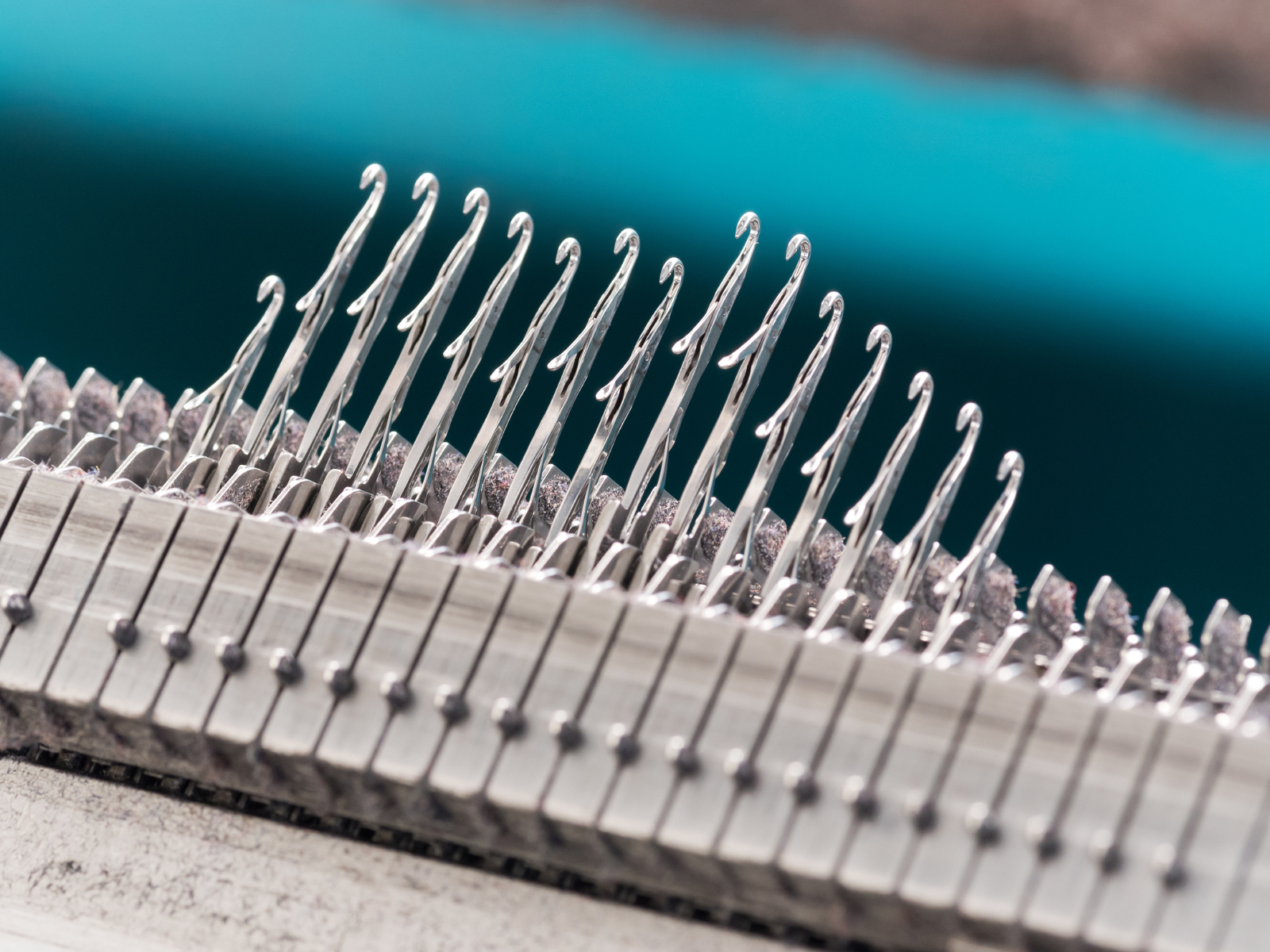


Troubleshooting Common Knitting Issues
Even experienced knitters can encounter issues when double knitting on a machine.
Common problems include dropped stitches, uneven tension, and difficulties with the carriage.
Learning how to troubleshoot these issues is part of the learning curve and can be addressed by consulting the machine's manual or seeking advice from other needle crafters.
Dropped stitches can occur when the tension is too tight, or the needle position is incorrect.
If this happens, stop the machine immediately and check for any dropped stitches.
Carefully fix them with a crochet hook or by hand before continuing to knit.
Uneven tension can result from various factors, such as using different yarn weights or not properly adjusting the machine's settings when switching between single and double knitting.
If you notice uneven tension in your fabric, stop the machine and adjust the settings accordingly.
Carriage issues can arise when working with bulky or thick yarns.
The carriage may stick or get caught on the needles, causing inconsistencies in the fabric.
To prevent this, slow down your pace and make sure to maintain even tension as you knit.



Creative Possibilities with Double Knitting
Before embarking on your first double knitting project, it's important to gather all the necessary materials and familiarize yourself with the machine's capabilities.
Watching instructional videos, reading through the pattern instructions, and doing a bit of practice can set the foundation for a successful knitting experience.
For beginners, starting with small projects like socks, gloves, or rag dolls can be a fun way to practice double knitting on a machine.
These projects require less yarn and time, allowing knitters to get a feel for the technique without the commitment of a larger garment.
The versatility of double knitting on a knitting machine opens up a world of creative possibilities.
From intricate patterns to multi-colored designs, knitters can explore a wide range of styles and techniques to create unique and personalized items.
Double knitting not only creates a thicker fabric but also enhances the durability of the knitted item.
The double layer of stitches provides extra protection and warmth, making it an excellent choice for winter garments like scarves and hats.
As technology advances and knitting machines become more sophisticated, the potential for double knitting continues to grow.
Knitters can look forward to new developments that will make the process even smoother and more accessible to a broader audience.
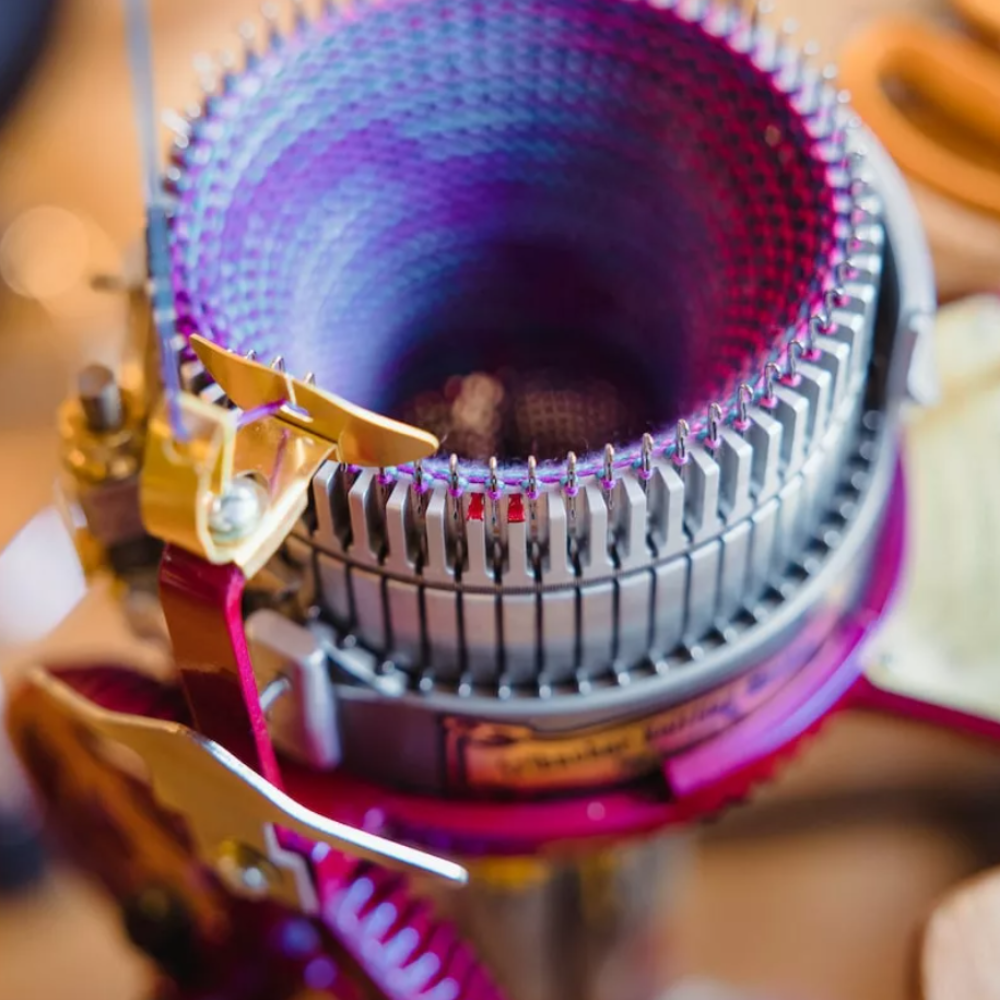
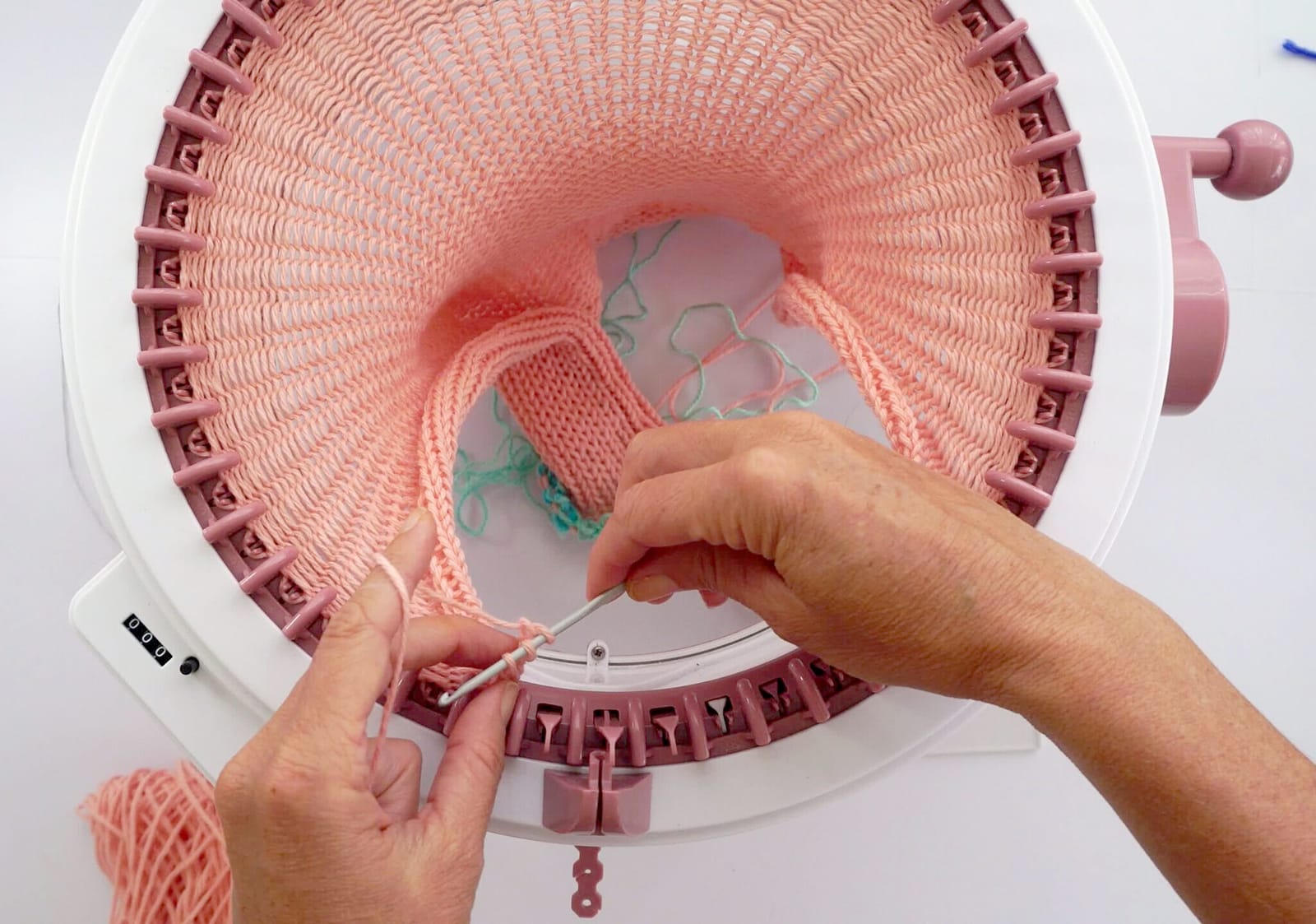

Tips for Successful Machine Knitting
Like any new technique, mastering double knitting on a knitting machine takes practice.
To set yourself up for success, here are a few helpful knitting tips:
- Start with simple designs: Begin with basic patterns before moving onto more complex ones to get a feel for the technique.
- Pay attention to tensions and gauges: The right tension is crucial in double knitting. Take your time to find the perfect setting for your particular project.
- Familiarize yourself with your knitting machine and its settings: Knowing your machine inside and out will help in troubleshooting any issues that may arise.
- Use quality yarn and thread: Quality materials can make all the difference in the final outcome of your project. Choose reputable brands and appropriate materials for your machine.
- Take breaks and stretch: Double knitting can be a time-consuming process, so make sure to take breaks and stretch your hands and wrists regularly to avoid strain.
- Practice, practice, practice: As with any skill, the more you do it, the better you become. Don't be afraid to try new techniques or experiment with different yarns and stitches.
By following these tips and continuing to learn and grow in your double knitting skills, you can create beautiful and durable double-knitted items that will stand the test of time.
Go forth, experiment with colors and patterns, and enjoy the endless possibilities of double knitting on a machine!
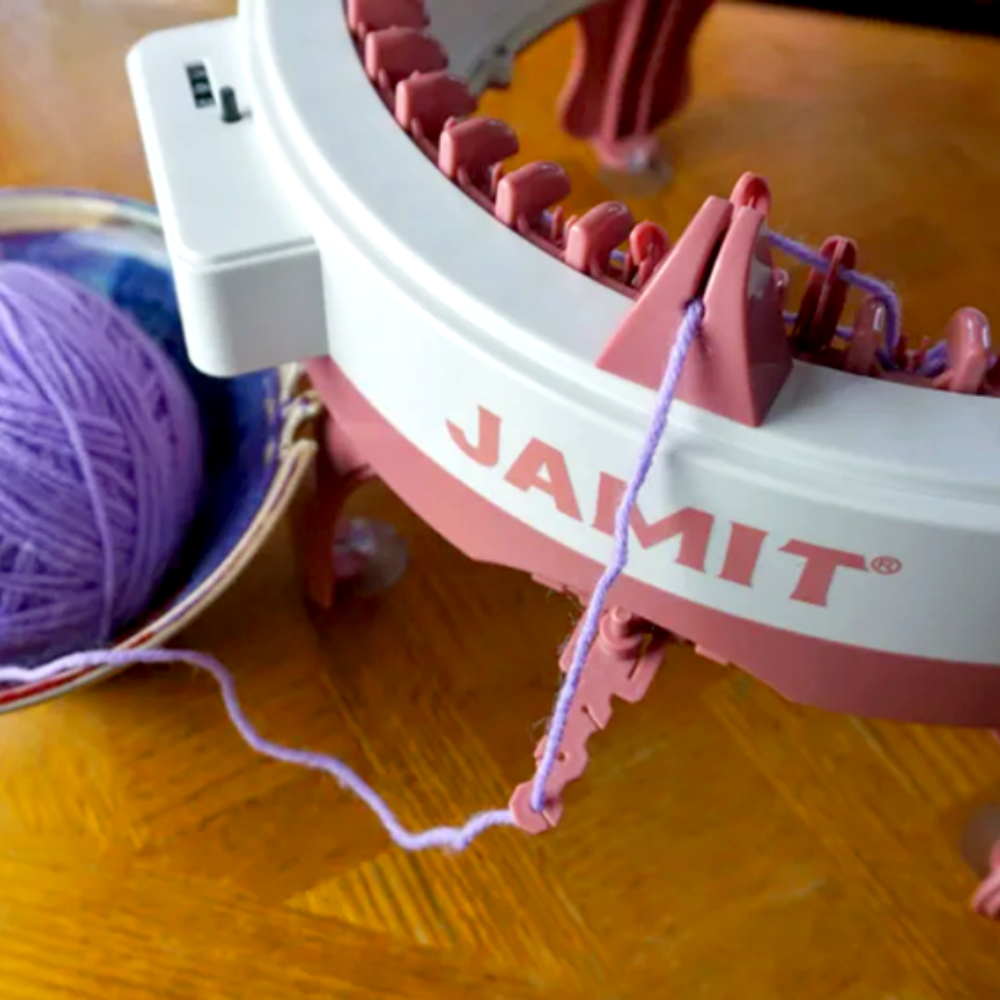
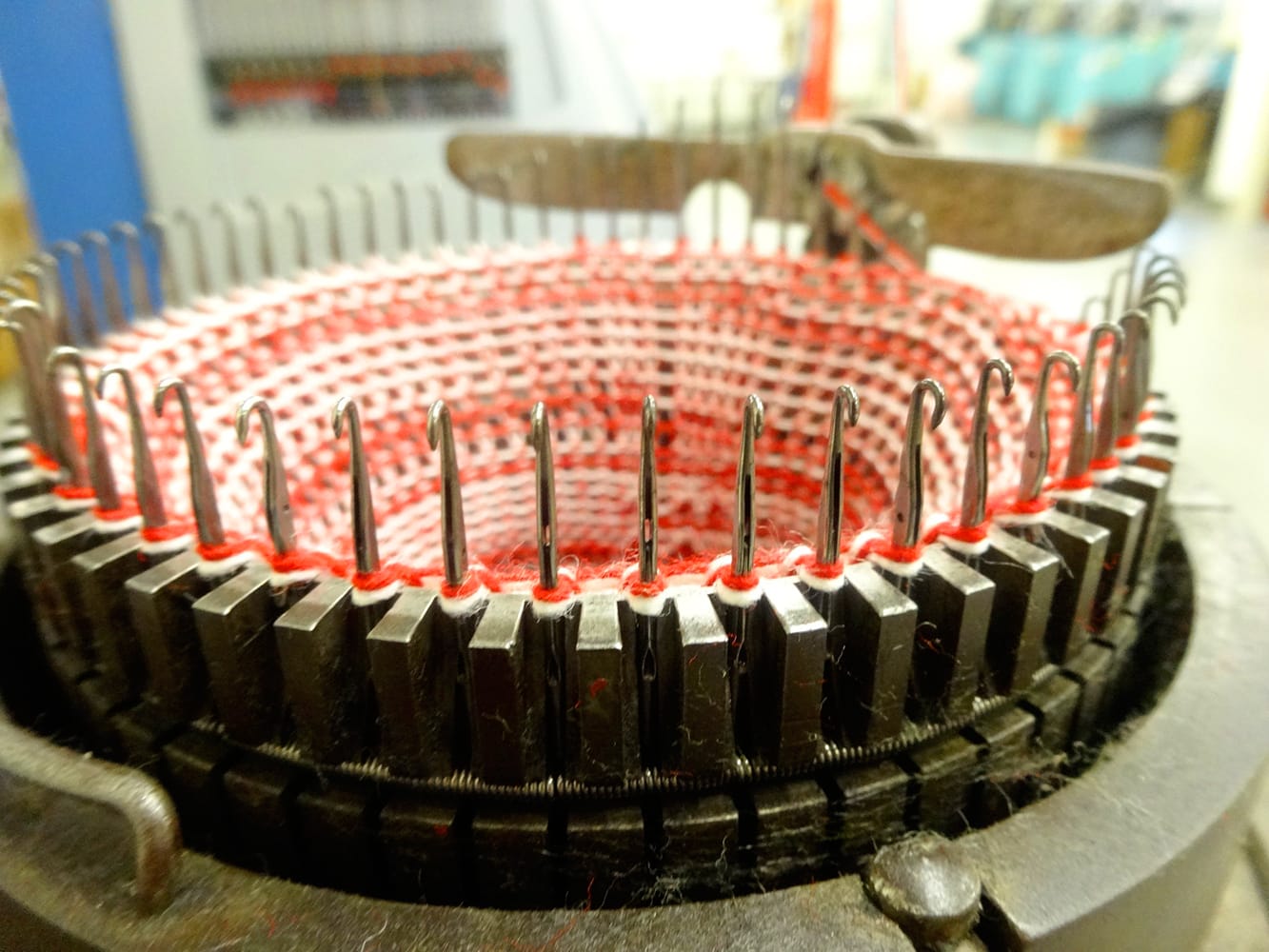
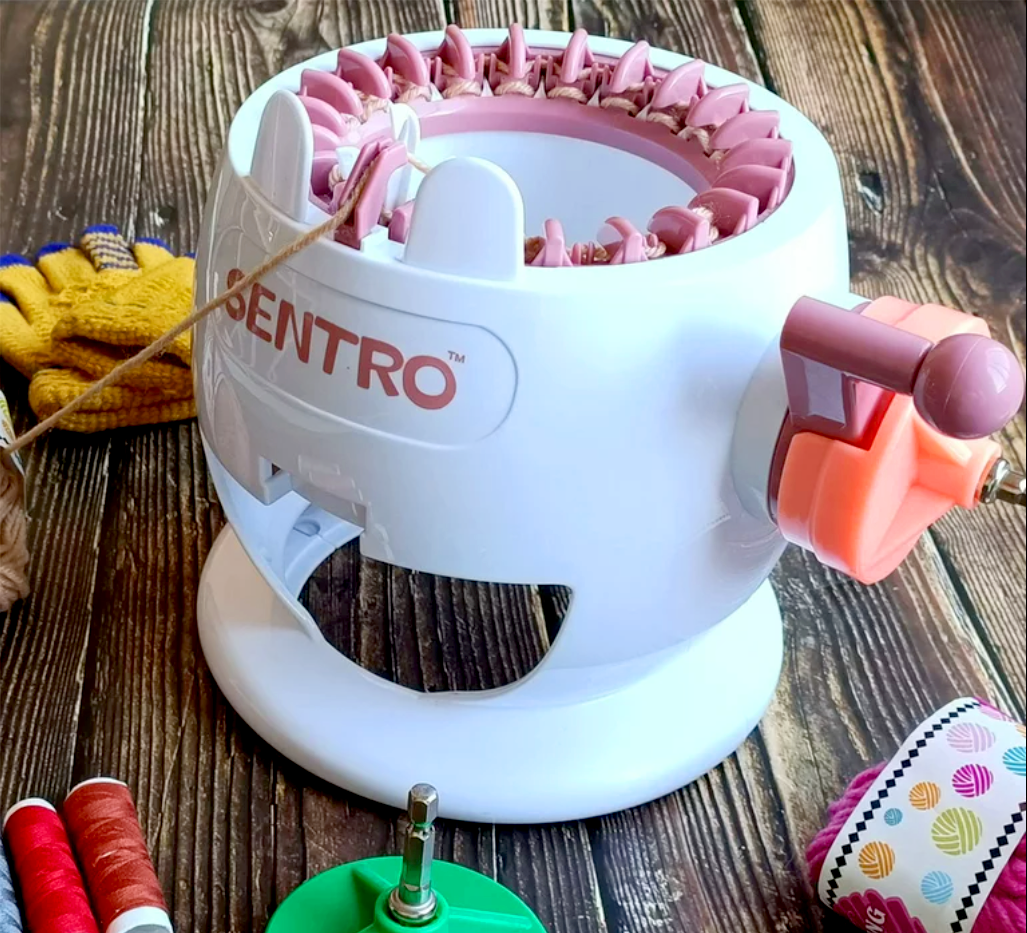
Diving Into Double Knitting on a Machine
Double knitting is an exciting and versatile technique that offers endless creative possibilities for knitters.
This technique can significantly enhance the quality and appearance of knitted items.
By understanding the mechanics of the machine, selecting the right yarn, and adjusting the settings accordingly, knitters can create durable, high-quality double-knitted fabrics.
Double knitting adds an extra layer of warmth and texture to your knitwear, and using a knitting machine can make the process faster and more efficient; any knitter can create unique and stunning double-knit pieces that showcase your individual style.
Whether you're a beginner or an experienced knitter, the world of machine double knitting holds exciting opportunities for creativity and innovation.
When combined with sewing and practiced on a well-optimized knitting machine, it can result in beautiful and functional garments and accessories.
With dedication, patience, and a willingness to learn, anyone can master the art of double knitting on a machine and unlock the limitless potential of this technique.
Don't be afraid to try double knitting on a knitting machine.
With patience and a little bit of creativity, the possibilities are endless!
So, grab your yarn, thread your machine, and let the double-knitting adventure begin!
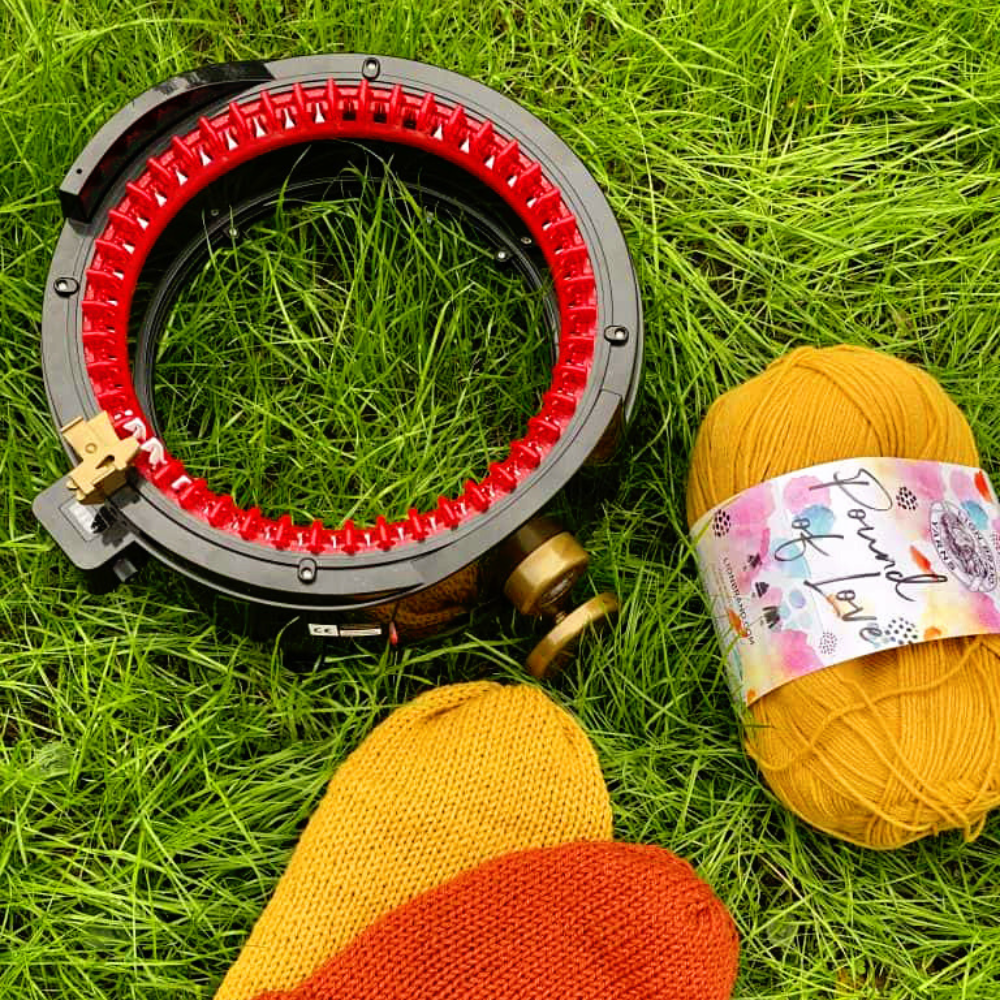
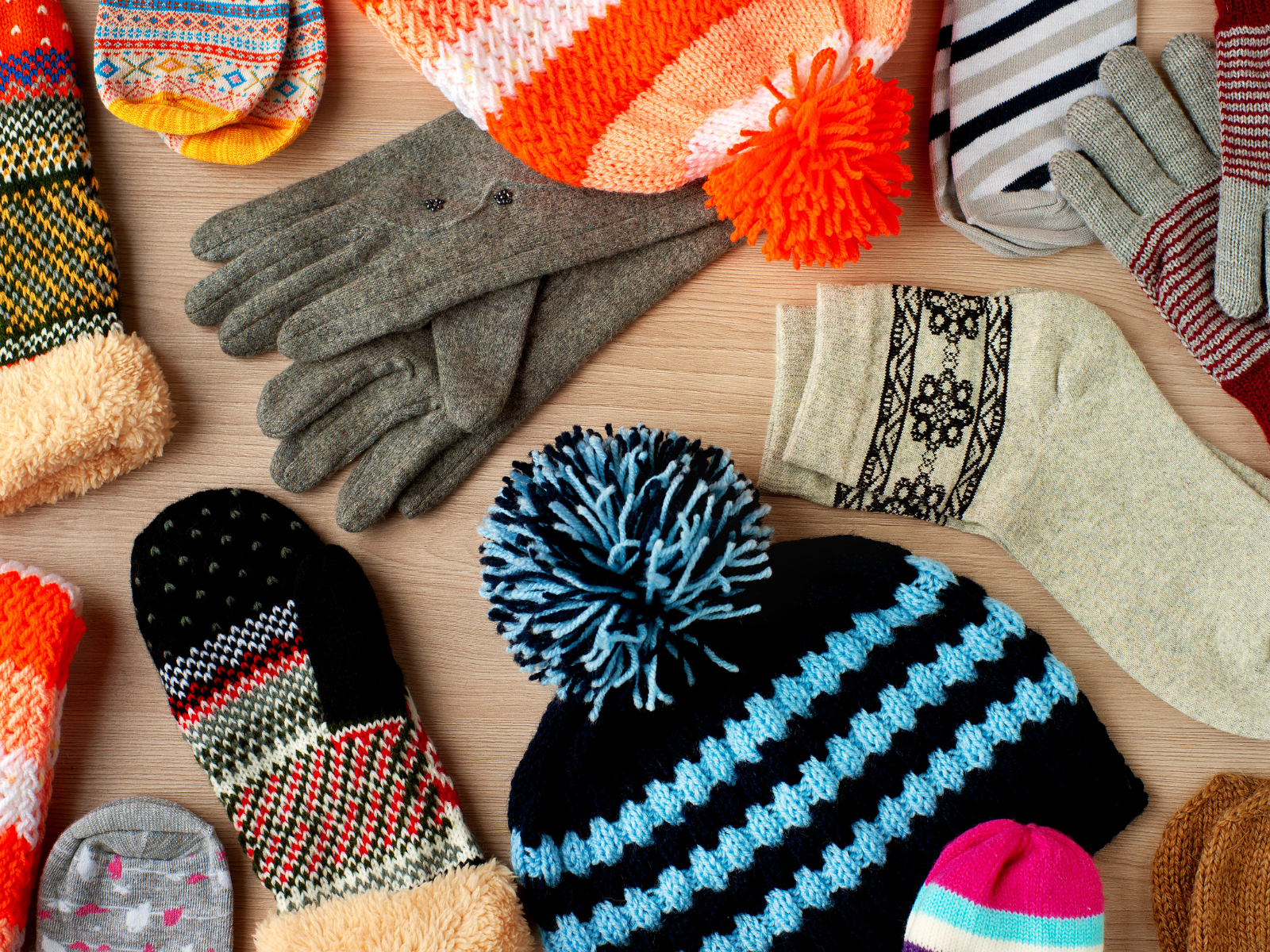

Ready to start machine knitting? Check out Bag-O-Day Crochet's video!
Want even more content about creativity and art?
Be sure to check out all of our creative chronicles!
Eager to learn more about knitting and knitting machines?
Check out some of our other articles:
-Interchangeable knitting needles
-How many needles do you need for a knitting machine?
-Can you crochet with a knitting machine?
-Can you make money with a knitting machine?
